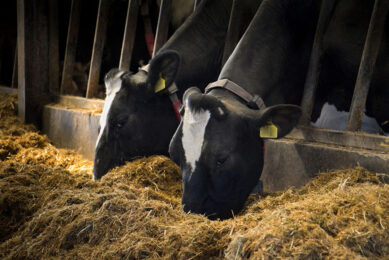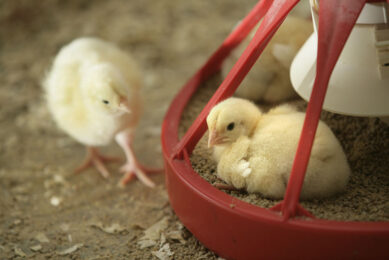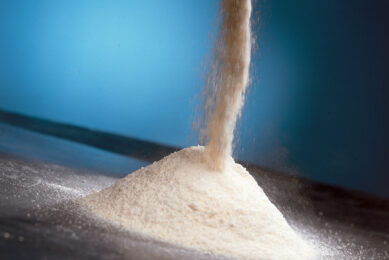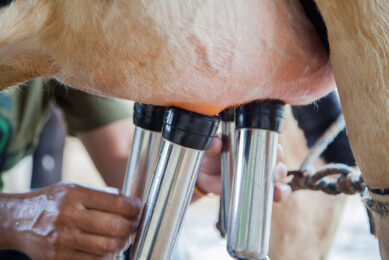Towards the GREEN feedmill
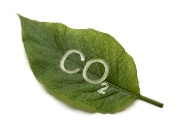
As the animal feed industry is recovering from the latest financial crisis, the question arises what will be the next challenge that will hit us? With the Copenhagen Climate Summit coming up, discussions on C02 emission and sustainability are booming and make clear that these are the next challenges to face, for every sector.
This is also seen in the consumer market. In the Netherlands, a large supermarket chain launched a new private label Puur & Eerlijk (Pure & Honest). With this label, they integrate all types of sustainable agricultural products that are found in their shops.
Products that are included have a Fairtrade, Ecological or Biological trademark or are products such as free-range chicken meat and sustainable fish. This is a clear sign that consumers are getting more and more ready for sustainable produced food.
How can the animal feed industry profit and contribute to this sustainable food trend? There is a lot of discussion on sustainable soy for the feed industry but is that all that can to be done? What about green logistics, energy savings in the mill, reduction of water use, higher conversion of input versus output in meat, etc? These are a lot of questions to be answered.
I like to challenge the software industry with being more green. While developing new software tools for diet formulation, developers should not only look at cost price of ingredients and ingredients value for the feed. They should also consider the C02 effects of the use of the ingredients. While choosing ingredients, you should also look at the costs of transport, the distance that these ingredients need to travel, the amount of water used to grow these raw materials and hence the energy needed to get this water out in the feedmill etc.
With today’s knowledge and available technology it must be possible to create new generation software tools for the feed-industry to make a next step towards a GREEN feedmill.
I am looking forward to hearing your opinion on this matter!




